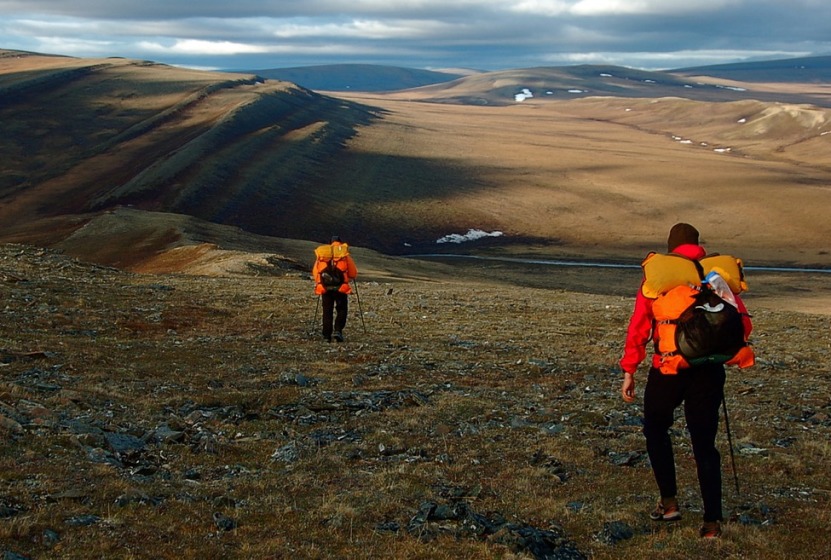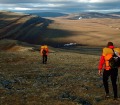The running shoes on display in sportswear or running shops all have the same features. They have clunky and springy designs, with plenty of cushioning and shock control enhancements. Many new runners spend a small fortune buying the perfect pair of running shoes before they’ve even taken their first stride, and even experienced runners routinely buy new pairs as soon as they’ve worn their old ones out. However, these expensive running shoes are simply not needed. Minimalist, or barefoot, runners are keen to dispel popular beliefs about running shoes. They believe that supportive shoes are not only unnecessary, but that they are also potentially damaging to the legs and feet.
The cushioned padding and sleek design of most modern running shoes is simply unnatural. Running shoe retailers offer specialised fitting services were they measure the shape and arch of runner’s feet and recommend the perfect pair of shoes. However, these shoes do not support the natural flexibility and movement of the human foot. The cushioned padding prohibits, rather than supports, the motion of the feet when running. Even worse, the thick heels which many sportswear manufacturers claim to enhance stability and support, can damage joints and cause injuries. With cushioned footwear, many runners pound their feet when they run because they think their shoes can support the unnatural motion. However, the shock and impact can be damaging over time, and they can create an irregular running form and technique.
The Minimalist Way Of Running
Barefoot shoes are completely different to traditional running shoes. They are designed so that runners can be more in touch with their body, and they encourage natural, fluid motion and flexibility. It strengthens the body’s joints and muscles, as the feet and legs no longer rely on unneeded padding and support. Of course, there are people who wear running shoes and are conscious about their form and technique, but it is still very easy to start plodding your feet when you are near the end of a tough, long run. The human body is much more resilient than sportswear companies would have you believe, and our hunter-gatherer ancestors were able to manage long distances without their trusty pairs of Nike or Adidas trainers.
The Design Of Minimalist Shoes
Minimalist shoes are completely stripped down. They aim to replicate the experience of running without shoes while still providing protection. The soles are puncture proof to protect against sharp or rough objects and surfaces, but they are thin enough to so that you can still feel the ground. Padding is gone from the upper structure of the shoes, so the ankles aren’t restricted. The shoes are also wider, and the toes aren’t constricted during running. There are many different types and brands of minimalist running shoes, but they are all designed to be light and durable. Some have thicker soles (these are referred to as neutral or race flat shoes), and these can be good for newcomers who want to gradually transition to barefoot running.
Turning Barefoot
The most important thing to realise before you start barefoot running is that it takes time. No matter how experienced a runner you are, barefoot running is like starting all over again. Your body has had years of running with supported and cushioned shoes, and completely making the switch can be a shock. It takes time to adapt, as muscles you don’t usually use will be getting put to the test. To avoid injuries, your first barefoot run should only be around 5-10 minutes. Concentrate on your stride and technique, and listen to your body if you start feeling pain. Don’t run longer than 10 minutes, even if you think you can, and give yourself a few days rest between runs. This will give your body time to feel any strains or injuries from the run.
Progress, Progress, Progress
Gradually increase the distance and pace of your barefoot run over time. Listen to your body and stop running when you feel the early signs of strains or aches, like a tightness in the calf muscles. Discomfort is expected for the first few weeks, and it will take much longer for your body to recuperate. Make sure that you warm up and cool down as you would before and after a regular run, so that your muscles are loose and flexible. When you feel more confident and able, start to focus on distance, rather than timed runs. Again, pacing yourself, try to increment your mileage. It can be a slow start, but gradual progress is needed with barefoot running.











